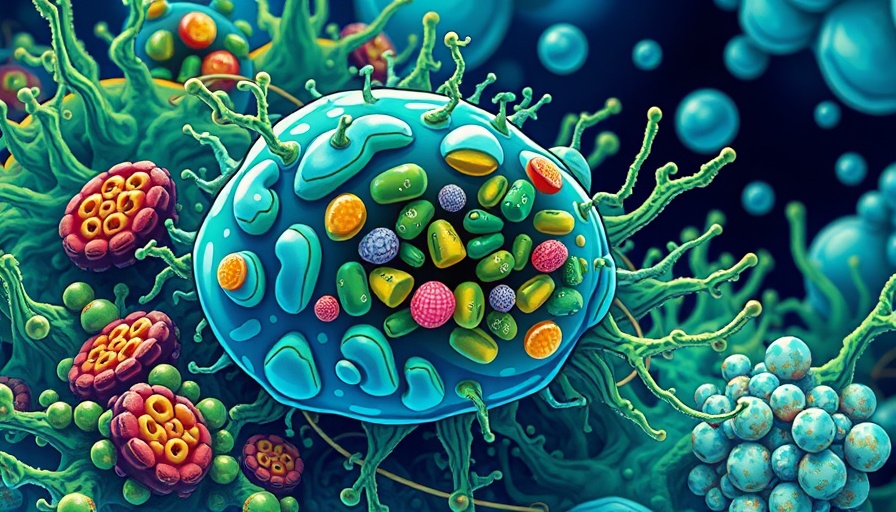
From Air to Stone: How Microbes Are Changing Construction
Imagine a world where carbon dioxide (CO₂), one of the leading causes of climate change, can be transformed into building materials. Excitingly, scientists at the Ecole Polytechnique Federale de Lausanne (EPFL) have discovered a remarkable bacterium, Bacillus megaterium, capable of transforming CO₂ directly into calcium carbonate—an essential component of limestone and marble. This remarkable ability hints at a future where our homes could be partially built from the very gas we're trying to eliminate from our atmosphere.
The Miracle Worker: A Closer Look at B. megaterium
What sets B. megaterium apart is its exceptional versatility; this bacterium uses two distinct metabolic processes for mineral creation. One pathway, called ureolysis, relies on nitrogen compounds, which can sometimes lead to harmful byproducts like ammonia. In contrast, the bacterium’s second pathway utilizes an enzyme known as carbonic anhydrase to directly capture CO₂. This means it can contribute to a cleaner environment by turning harmful gas into solid minerals, reducing our carbon footprint effectively.
Key Insights from the Research
According to Dimitrios Terzis, one of the researchers, “While many bacteria have the potential to mineralize crystals, what makes this study unique is the demonstration that it can be done using CO₂ directly.” In fact, they found that a staggering 94% of the mineral formed originated from CO₂. By harnessing the power of this microbe, researchers are optimistic about scaling up their findings for wider applications in building and construction.
The Eco-Friendly Path to Mineralization
The implications of this study reach far beyond biology; they touch on our approach to construction and sustainability. Imagine buildings that not only stand strong but also contribute to reducing greenhouse gases. The potential for upscaling this technology could pave the way for environmentally friendly construction methods, directly addressing climate change while providing robust materials for infrastructure.
Broader Implications: A Future with Sustainable Building Materials
This research merges microbiology with the evolving field of biotechnology, combining innovative solutions to combat climate change. As our society increasingly accepts sustainable living, the applications of Bacillus megaterium may extend into sectors like biotechnology and environmental rehabilitation, inspiring future generations to think innovatively about the resources we have and how to utilize them responsibly.
A Call to Reflect and Act
As we ponder the applications of this fascinating microbe, it’s essential to consider our own connection to environmental sustainability. Are we ready to embrace innovations that not only promise a healthier planet but also redefine our approach to how we build our world? The journey to a sustainable future begins with curiosity and innovation—let’s support research like this, encouraging a green revolution in construction while safeguarding the environment.
 Add Row
Add Row  Add
Add 




Write A Comment